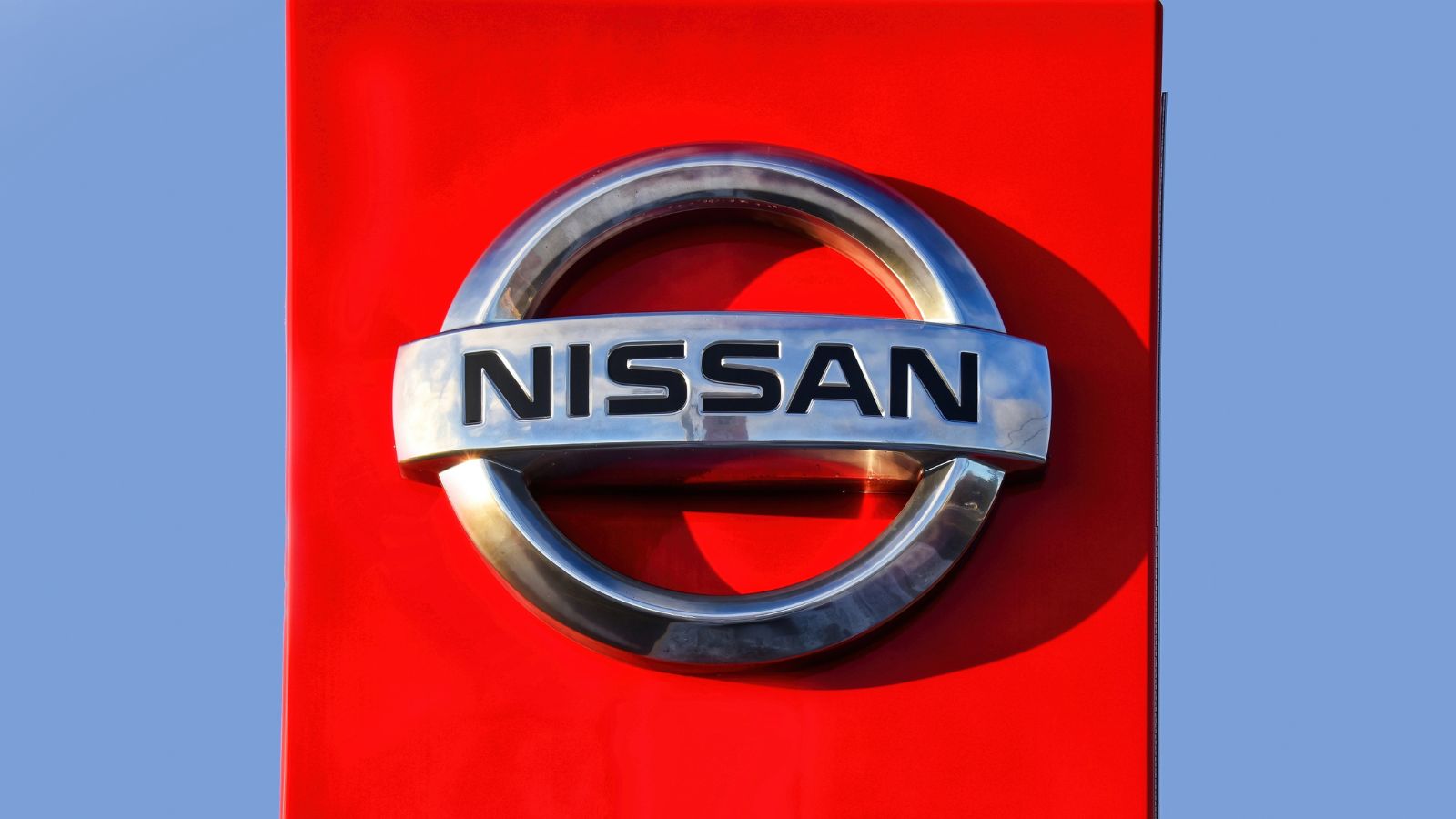Nissan Motor is preparing investors for a challenging financial year. The company now forecasts an operating loss of roughly 275 billion yen, equal to about 1.8 billion dollars. This warning reflects the real pressure that global automakers are facing. Building cars has become more complex and more expensive, and the global market is no longer predictable. Tariffs, parts shortages, transportation delays, and currency swings are all shaping how companies plan production and set prices. Nissan is signaling that these forces are now strong enough to affect its bottom line.
Falling Revenue Expectations

Nissan originally projected revenue at around 12.5 trillion yen earlier in the year. That projection is now reduced to 11.7 trillion yen, a decline of more than six percent. This is not just about fewer vehicle sales. It represents the rising costs of almost every stage of vehicle production. Materials cost more. Shipping costs more. Labor costs more. Even storing unfinished vehicles while waiting for delayed components adds cost that may not be recovered.
The global semiconductor shortage has had a lasting impact. These chips control everything from engine timing to safety systems to infotainment. When chips are limited, production becomes uneven. Nissan has had to pause or scale back certain model lines, even when demand for those vehicles remained strong. That creates lost revenue and also forces the company to make difficult choices about which markets get supply first.
Tariffs Add to the Pressure

Trade policy has become a moving target. Tariffs can shift quickly based on political strategy, regional disputes, or economic retaliation. Nissan sells vehicles globally and builds them in multiple countries, which means it is constantly weighing production location against import cost.
When tariffs increase, the profit margin on each vehicle narrows. If the company raises prices to compensate, it risks losing customers in competitive markets. If it keeps prices steady, it absorbs the financial hit. In some cases, Nissan has had to restructure its supply paths entirely, which can take months or years to stabilize.
This is not simply an accounting issue. Tariffs directly influence which models are profitable to build and where they can be sold competitively.
Currency Volatility Creates Another Challenge

Exchange rate fluctuations add another layer of complexity. A stronger yen means that revenue earned in other currencies returns to Japan with reduced value. A weaker yen means that imported parts and materials become more expensive. Nissan, like many Japanese automakers, operates in dozens of countries, making currency management a constant balancing act.
This is not something the company can fully control. Even small currency shifts can create large swings in quarterly results. Long term planning becomes more difficult when exchange rates change faster than production schedules.
Supply Chains Still Have Weak Points

Global supply chains never fully recovered to pre pandemic stability. Shipping containers can be delayed for weeks. Ports can face sudden congestion. A single missing electronic component can halt production on an entire assembly line.
Nissan continues working with suppliers to build more stable sourcing networks, including securing secondary suppliers and increasing regional production of key components. However, the company acknowledges that the supply chain remains vulnerable. It only takes a disruption in one region to create ripple effects across multiple plants.
Inventory strategies are changing as a result. Instead of building large stockpiles, companies must balance inventory tightly to avoid excess cost. That balancing act has become more delicate than ever.
Nissan Is Not Alone

Nissan’s situation reflects a broader pattern in the automotive industry. Ford, General Motors, Toyota, Volkswagen, and others have all reported increased pressure from rising costs and supply instability. The difference is that some of these companies have larger buffers due to stronger recent sales or wider market momentum.
Nissan is still in the process of rebuilding brand image, customer loyalty, and product positioning after several years of restructuring. In such a position, external pressure has a greater effect.
What This Means for Buyers

Consumers may notice reduced inventory variety, fewer trims, and possibly higher pricing on new models. Automakers often prioritize production of higher profit vehicles during times of constraint. That means more emphasis on crossovers, trucks, and premium trims rather than base models.
Used car prices could remain high as a result. When new car supply tightens, the secondhand market absorbs the overflow of shoppers. This continues a trend that began during the pandemic and has not fully reversed.
The Road Ahead

Nissan remains a major global automaker with strong brand recognition and solid engineering heritage. The projected loss is not a sign of collapse. It is a reflection of a global market undergoing rapid change.
The company’s path forward will depend on how quickly supply chains stabilize, how tariffs evolve, and how currency trends shift. Nissan is focusing on cost restructuring, supply flexibility, and strategic planning.
The reality is that automaking is no longer just manufacturing. It is logistics, economics, and global negotiation. The next fiscal year will test every automaker’s ability to adapt.
25 Facts About Car Loans That Most Drivers Don’t Realize

Car loans are one of the most common ways people fund car purchases. Like any other kind of loan, car loans can have certain features that can be regarded as an advantage or a disadvantage to the borrower. Understanding all essential facts about car loans and how they work to ensure that you get the best deal for your financial situation is essential. Here are 25 shocking facts about car loans that most drivers don’t realize:
25 Facts About Car Loans That Most Drivers Don’t Realize
